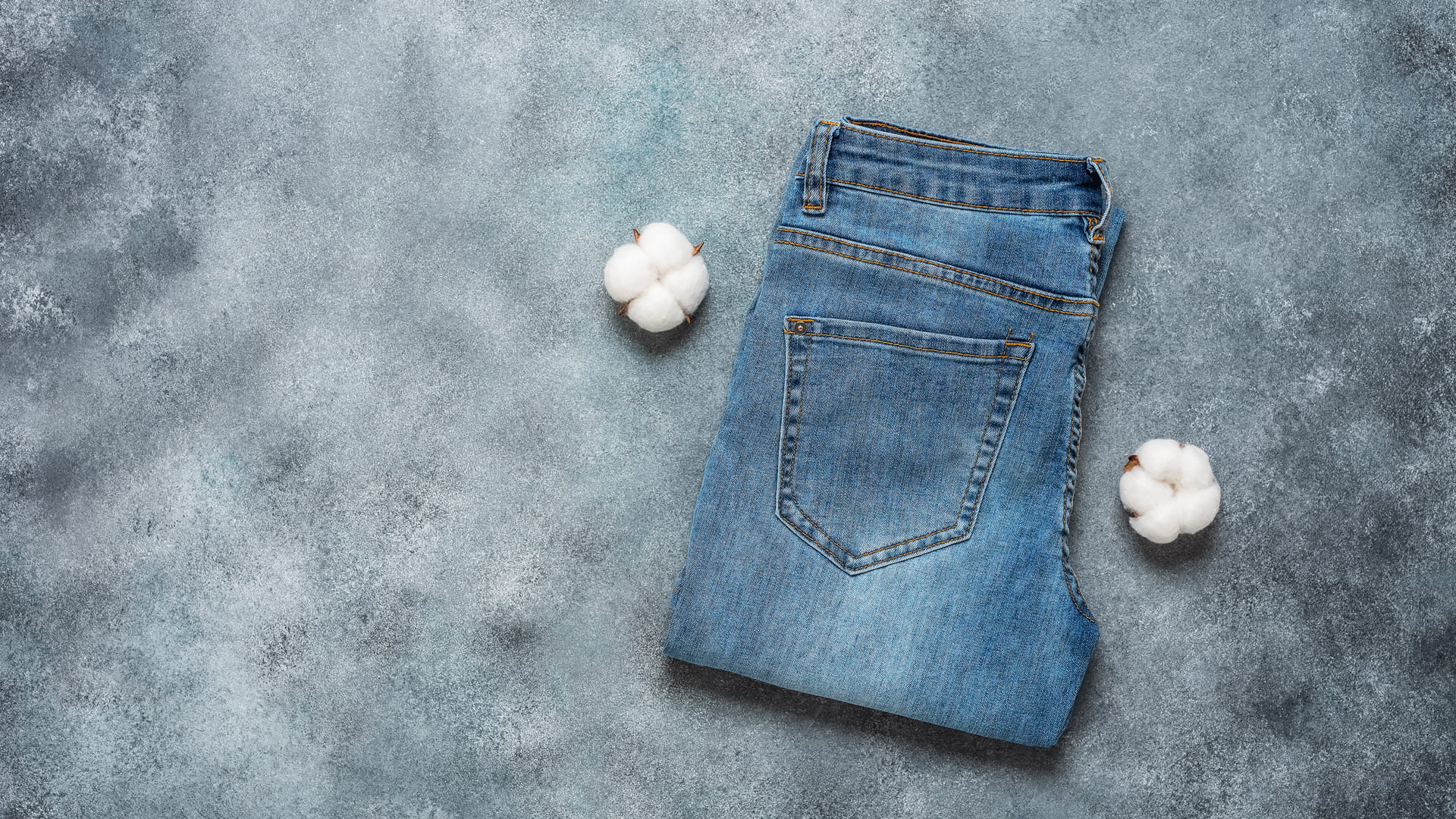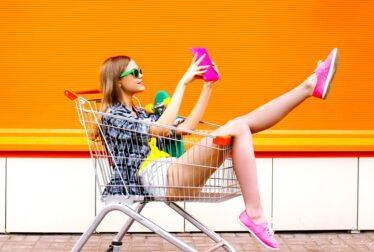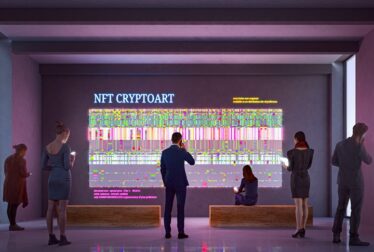The COP 26 started on November 1st in Glasgow.
This was an opportunity for Dékuple’s strategic planning to question the current changes in our consumption patterns.
What changes are we seeing? On the consumer side? In the way brands encourage us to consume?
Let’s start with what hasn’t changed: the urgency to change everything!
- The IPCC report is damning: 1.5°C. This is the global warming temperature we are expected to reach as early as 2030, 10 years earlier than predicted. This figure will reach 4.5°C by the end of the century if nothing is done.
- And the UN is warning us: there are only 8 years left to limit warming to 1.5°C.
- The World Meteorological Organisation reveals that CO2, methane and nitrous oxide emissions were at record levels in 2020.
The forecasts are not optimistic, and this is reflected in the perception and morale.
Two-thirds of respondents believe that climate change is “a global emergency”. (UNDP and Oxford University study).
And this is even more obvious among the youngest populations:
- Almost 40% of young people worldwide are now reluctant to have children because of climate change.
- 84% of young people say they are worried (and 59% extremely worried). More than 50% feel sad, anxious, angry and powerless. (Young People’s Voices on Climate Anxiety, Government Betrayal and Moral Injury: A Global Phenomenon).
- 60% of 15-24 year olds think that we will not succeed in limiting global warming by the end of the century and three quarters of them therefore think that living conditions will become extremely difficult. (CREDOC study).













